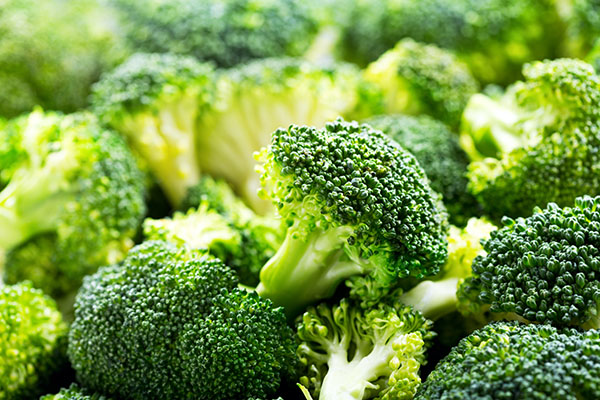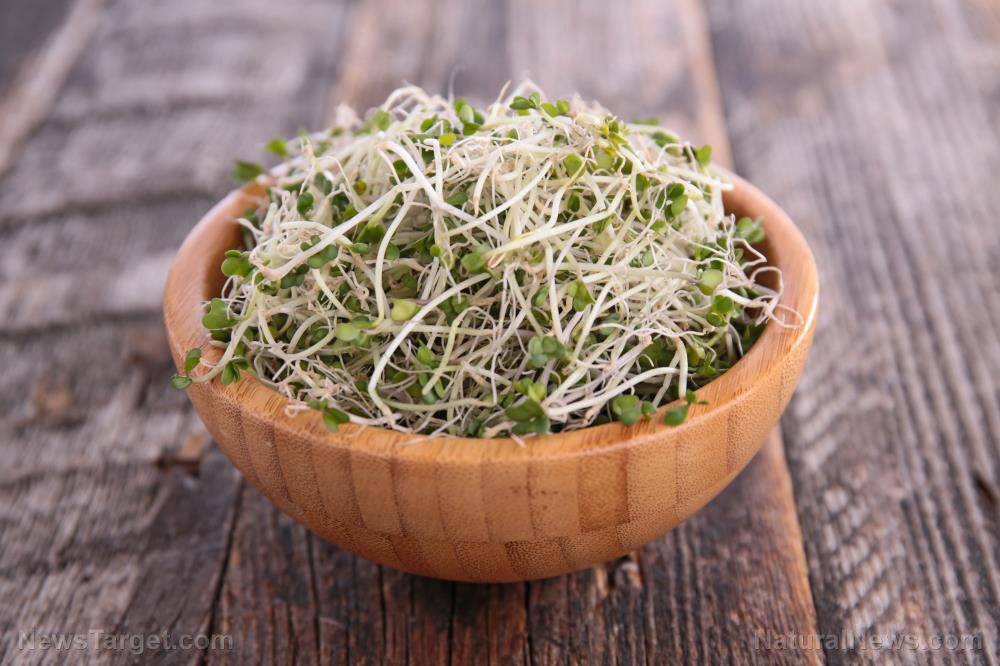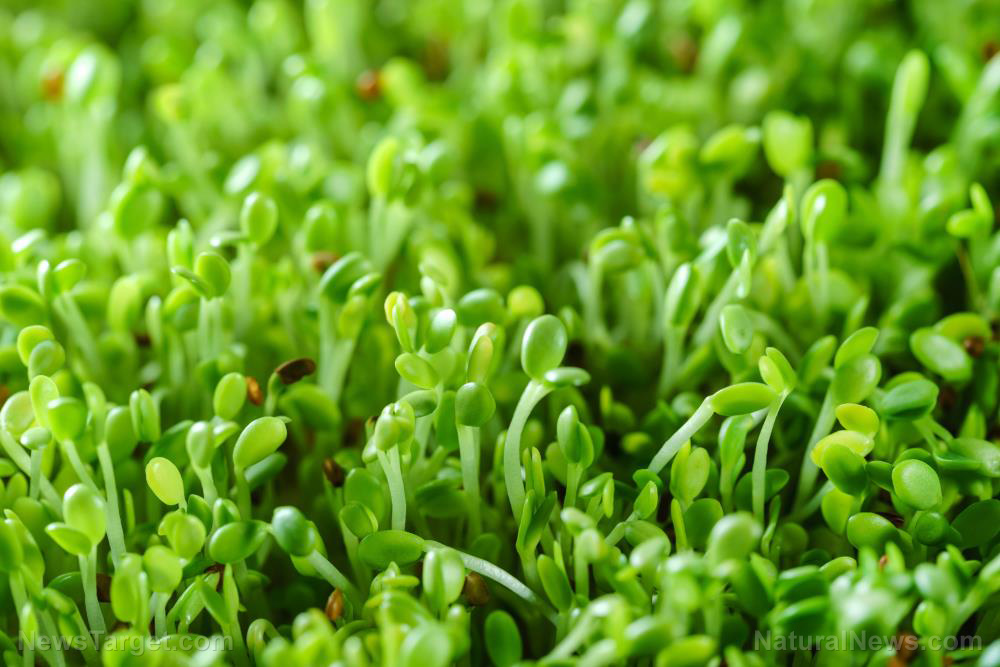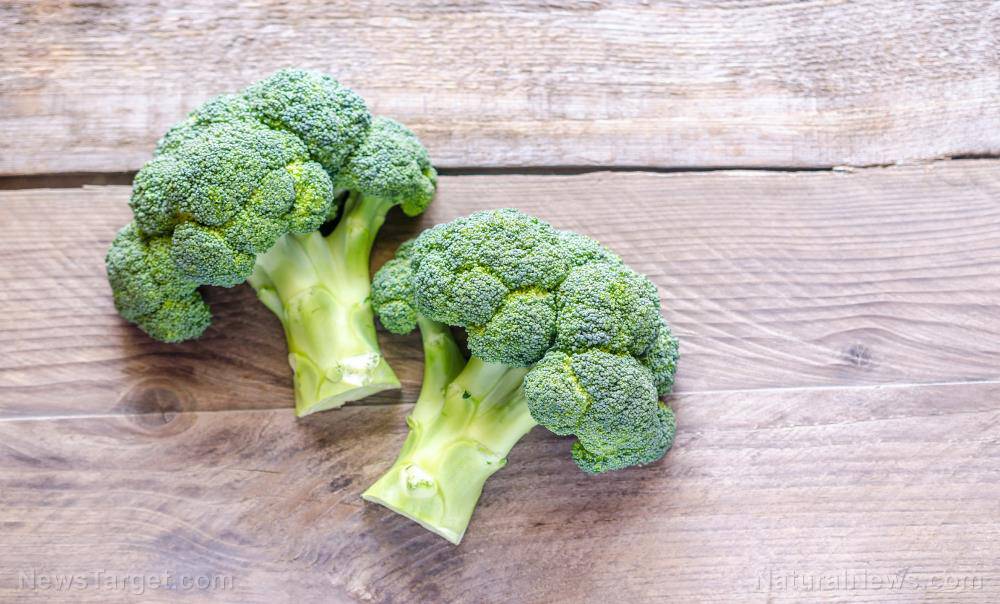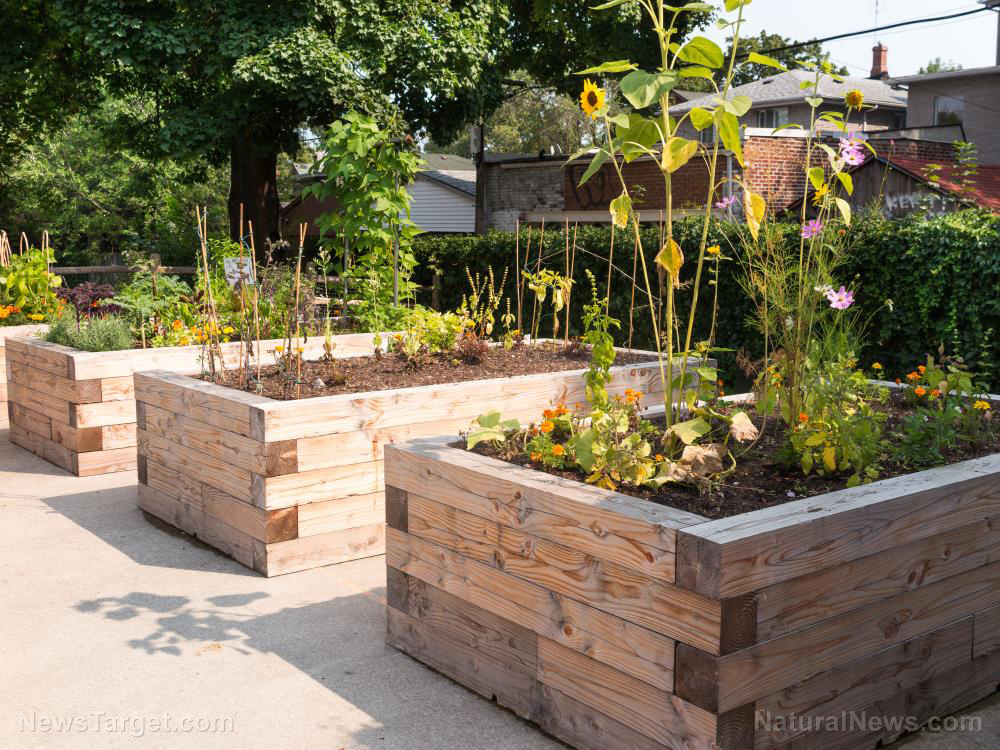
Verticillium dahliae first arrived in California via infested seeds. Once it took root in the soil, the fungi soon spread across spinach crops before hopping species and infecting lettuce plants as well.
The fungi causes Verticillium wilt, an incurable disease for certain plants like spinach and lettuce. The devastating disease swiftly spread from farm to farm in the Salinas Valley, where most of the lettuce in California is being grown.
While infected plants cannot be saved, the fungal disease can be stopped from spreading to healthy crops and unaffected farms. The conventional approach is to fumigate an infested field with synthetic fungicides.
Methyle bromide is the most effective fumigant. Yearly application serves to keep fungi levels down. However, it also causes serious atmospheric pollution, so its usage is banned save for critical exemptions. Other chemical fungicides are not as effective. (Related: Bio-fungicides found to control seed-borne fungi in wheat better than conventional antibiotics.)
Natural means of curtailing the spread of Verticillium wilt
California botanists from the California State University (CSU) looked at two natural means of managing the spread of Verticillium dahliae. The first is to avoid planting spinach. The second is to plant crops that can resist the infectious fungi.
The primary means of infection has been identified as infested spinach seeds. Even if the infected seeds only make up a small portion of the crop, they individually contain hundreds of fungal microsclerotia, allowing them.
The secondary means of infection are contaminated lettuce seeds, farmers, and equipment. However, the workers can clean themselves and their equipment to reduce the risk of spreading the disease. Meanwhile, the lettuce seeds are much poorer vectors despite carrying the exact same Verticillium microsclerotia.
That leaves the spinach seeds as the remaining source of infection. Switching crops to plants that are not carriers of the fungi can slow down the spread of the disease.
This leads to the second option. Broccoli is a food crop that is highly resistant to Verticillium wilt. Furthermore, it decreases the amount of microsclerotia in the soil. Planting multiple crops of broccoli can reduce the risk of the disease.
Drawbacks and externalities that can affect Verticillium control efforts
The CSU researchers noted the drawbacks of these natural methods. Switching from spinach or lettuce to broccoli will cause both short-term and long-term loss of profit.
Broccoli is a much less profitable crop than the two vulnerable plants it is replacing. Planting large numbers of it will drive its already low prices even further down, further reducing the profits of a farmer.
There are also externalities that are outside of the farmer's control. For example, both these natural control methods and the fumigation techniques must be maintained for many years.
The Verticillium microsclerotia can survive in the soil for up to 14 years. A farm must keep planting broccoli for at least 15 years to make sure the infestation is eliminated. This is unacceptable for short-term growers who only rent the land. They would balk at the expense and effort required by these management methods.
Another externality involves the supply chain. The threat posed by Verticillium dahliae could greatly reduced if spinach seed companies take the effort to test and clean their products. However, the companies skimp on these measures because of time and cost constraints.
Learn more about techniques to ensure the safety of the seeds you are planning to plant in your garden at Seeds.news.
Sources include:
Please contact us for more information.
















